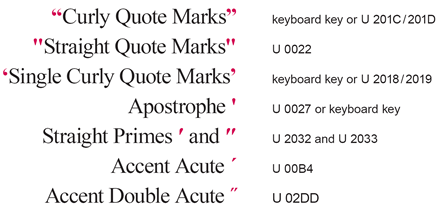

Table 2 shows the relationship between Unicode code points and their UTF-8 encoding. Since UTF-8 is so commonly used in Web content, it's helpful to know how Unicode code points get mapped into this encoding. Table 1: The character "A" and the CJK character encoded in code pages and in Unicode with both UTF-16 and UTF-8. The table below shows two characters encoded in a code page and Unicode, using UTF-16, UTF-32, and UTF-8. UTF-32: Each character is represented as a single 32-bit integer. UTF-16 little-endian (UTF-16LE) is the encoding standard in the Windows operating system. In UTF-16, any characters that are mapped up to the number 65,535 are encoded as a single 16-bit value characters mapped above the number 65,535 are encoded as pairs of 16-bit values.įor more information on surrogate pairs, see " Surrogate Pairs".

The Unicode 16-bit encoding form is identical to the International Organization for Standardization/International Electrotechnical Commission (ISO/IEC) transformation format UTF-16. UTF-16: This is the 16-bit encoding form of the Unicode Standard where characters are assigned a unique 16-bit value, with the exception of characters encoded by surrogate pairs which consist of a pair of 16-bit values. UTF-8 is commonly used in transmission via Internet protocols and in Web content. UTF-8: To meet the requirements of byte-oriented and traditionally ASCII-based systems, UTF-8 has been defined by the Unicode Standard.Įach character is represented in UTF-8 as a sequence of up to 4 bytes, where the first byte indicates the number of bytes to follow in a multi-byte sequence, allowing for efficient data parsing. The Unicode encodings (transformation formats) are: There are different techniques to represent each of the Unicode code points in binary format.Įach of the following techniques uses a different mapping to represent unique Unicode characters.


 0 kommentar(er)
0 kommentar(er)
